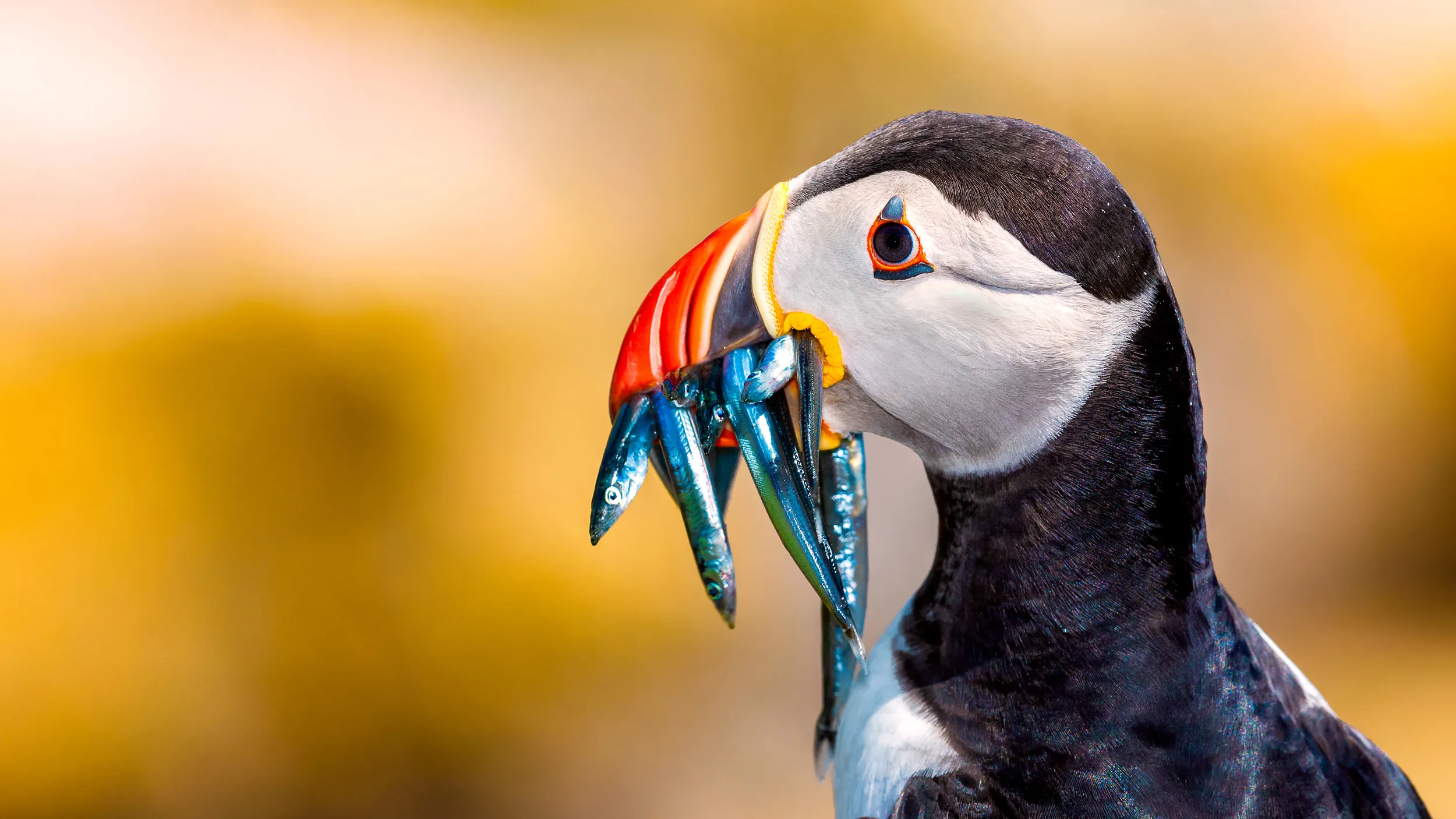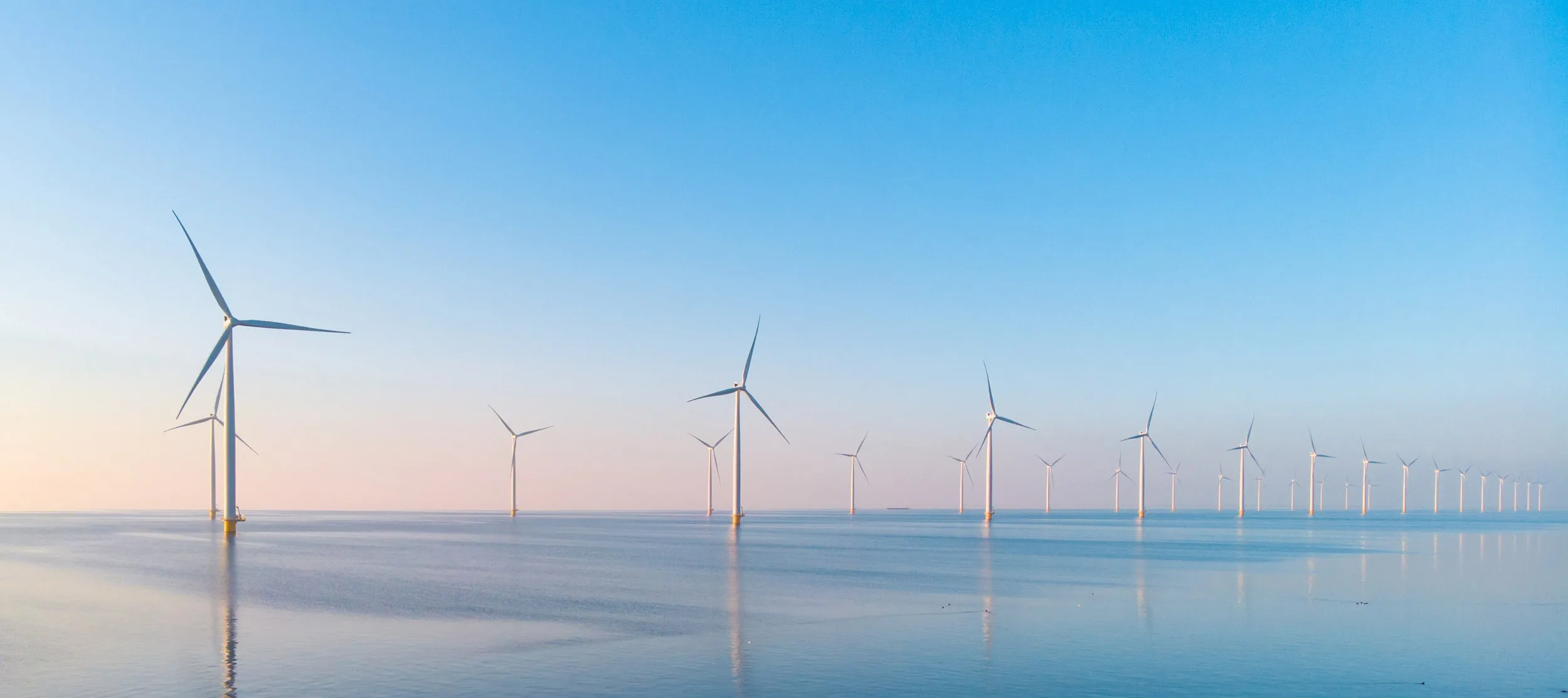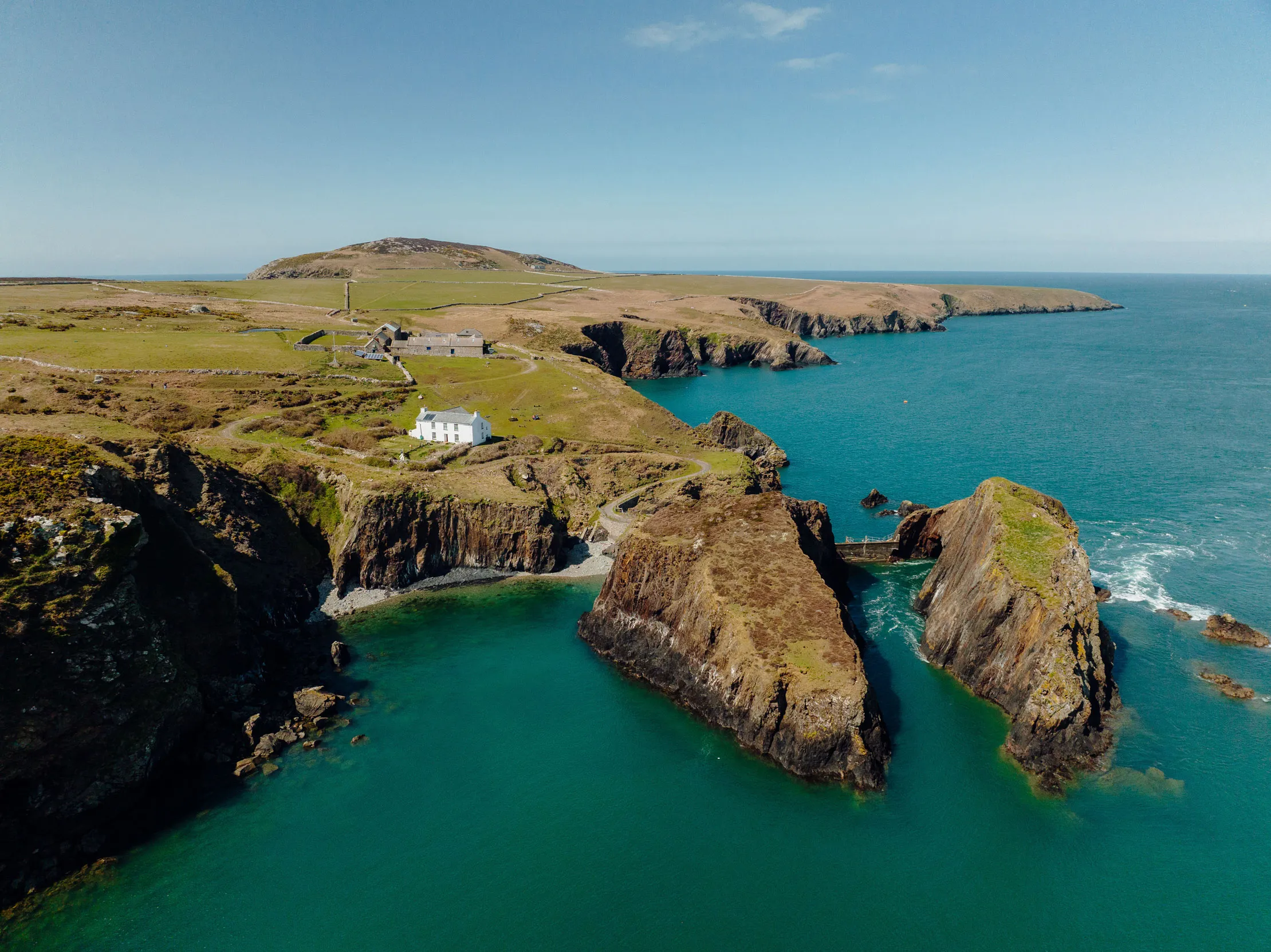Protecting oceans and coasts
UK shores & seas are home to amazing wildlife, including around 8 million globally important seabirds. Find out what we’re doing to protect our oceans & coasts.

On this page
Protecting oceans and coasts
The UK’s shores and seas are home to an amazing array of wildlife, including around eight million globally important seabirds. Learn about our efforts to protect these precious marine environments.
The UK is lucky to be home to internationally important populations of seabirds. But they are in trouble. On the frontline of the climate and nature emergency, our seabirds are indicators of ocean health. Bold seabird conservation strategies are needed across each of the UK countries to protect and recover these special species and the places they depend on.
Here’s what we’re doing to help secure the future of our magnificent marine wildlife.
Protected areas for ocean and coastal wildlife
Legislation has been put in place to protect several marine areas across the UK. Our focus now is on ensuring these tools are used effectively to protect and restore the full range of marine wildlife both above and beneath the waves. Sadly, as the UK Government’s own assessment shows, many of these sites are failing to prevent the decline of some of our increasingly rare species. To reverse this, significant commitment is needed.
The UK should continue to work towards delivering a healthy network of marine protected areas. These should provide protection for seabirds throughout their lifecycles, ensure recovery of the marine environment and build resilience to support nature and climate needs.

Thriving fisheries for nature and people
Unsustainable fishing activity is one of the greatest threats to ocean life and our struggling seabird populations. Seabirds need safe places to feed themselves and their chicks, but when they head out to sea in search of food, they’re at risk from some fishing activities. Threats in UK waters include ‘bycatch’ – the accidental killing of animals that get trapped and drowned in fishing gear, and overfishing – the excessive removal of the food that predators rely on around our coasts and islands.
Governments across the UK need to tackle unsustainable fishing practices to ensure we have thriving seas for people and wildlife. This can only be achieved through:
-
Collaboration with fishers to stop seabirds drowning on the end of hooks and in nets
-
Action from governments to close UK waters to industrial sandeel fishing
-
Ensuring enough fish is left in the water for the wildlife that depends on it
-
Preventing damage to special places out at sea
-
Cameras on fishing boats – these will be key to ensure we are supporting sustainable fisheries and protecting wildlife
Planning offshore renewables in harmony with nature
UK seas are globally important for seabirds. They also have a vital part to play in the switch to green energy through the increase of offshore renewables – tidal and particularly wind. But the current approach to expanding these technologies threatens both nature and net zero.
Urgent change is needed if the UK is to reach rightly ambitious targets for offshore wind and prevent irreversible losses to our already-threatened seabirds. The RSPB is calling for joint solutions to ensure our offshore energy expansion does not worsen biodiversity loss and ensures recovery of marine habitats and species. These include:
-
Research and monitoring to provide a robust evidence base on how wildlife uses our seas and interacts with offshore renewables.
-
Government led marine spatial planning, directing development to areas where the risks to nature are lowest in a robust and strategic process.
-
Conservation measures to turn the tide for seabirds and revive our seas.

Protecting islands from invasive non-native species
The accidental or intentional introduction of invasive non-native predators such as rats, mustelids and cats on islands has decimated many seabird colonies, with burrow-nesting species such as the Manx Shearwater and European Storm-Petrel especially vulnerable. Without effective biosecurity measures, seabirds breeding on islands that are currently free of mammal predators are also at risk.
The removal of introduced predators can save seabird colonies and build resilience against the pressures seabird populations face at sea. In the UK, it has resulted in substantial increases and even re-colonisation of islands by burrow-nesting seabirds. But more needs to be done.

Safeguarding coastal colonies
Soft coast habitats including dunes, salt marshes and shingle islands are vital for internationally important seabird colonies. Unfortunately, these have declined in both size and quality over the past 50 years. Sea level rise and erosion will continue to threaten colonies, with the few remaining areas of suitable habitat also under increasing pressure. Targeted management of existing colonies is needed to provide nesting habitat and protection from human impacts and predation. New sites should be created to offset the loss of existing ones, making seabird breeding sites a key part of coastal management schemes. Alongside habitat work, we also need to establish beach bird protection projects in key areas.
We know where the most important and threatened seabird colonies are located and where the best places for new habitat creation projects can be found. UK governments need to step up and deliver on their coastal management policies at these key sites – action that will provide coastal wildlife and wider ecosystem benefits.